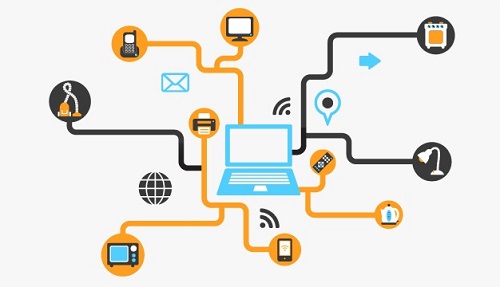Per Gartner, Inc., an estimated 4.9 billion connected devices will have been used in 2015, and by 2020, that number is expected to hit 25 billion.

Connected devices range from smartphones to smart thermostats, and beyond. This new type of technology, that is, this Internet of Things, is already beginning to infuse itself into society’s day-to-day way of life, and it’s now up to engineers and designers to figure out how best to connect all of these random pieces of technology so that there is seamless communication from one device to the next.
Researchers at National Instruments have taken the stance that a platform-based approach to design is the best way to go about achieving a fully connected world. In short, there are three reasons why:
1) It’s based on a proven formal modeling technique.
2) There are clearly defined abstraction levels, so there are goals and surprises are kept to a minimum.
3) Concerns are also clearly separated, so the hurdles that must be overcome in order to achieve optimum connectivity per platform is focused, and not diluted by the needs of other platforms.
While this might seem pretty straightforward, one can appreciate the simplicity of this approach even more when considering the present-day landscape of the IoT: the actual components (sensors, actuators, etc.), the systems supporting all of these different programs, and end-to-end analytics that support the actual connectivity which, in turn, impacts such things as latency, synchronization, and reliability.
When considering just how convoluted an IoT world can truly be, it’s clearer why the engineers and scientists at National Instruments subscribed to a platform-based design concept for this particular technology.
To learn more and explore this subject even further, read the full report, entitled “Platform-based design for the Industrial Internet of Things”, which was authored by Andy Chang of National Instruments.
Advertisement
Learn more about National Instruments





